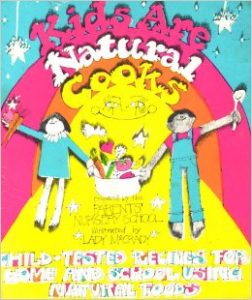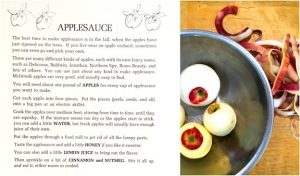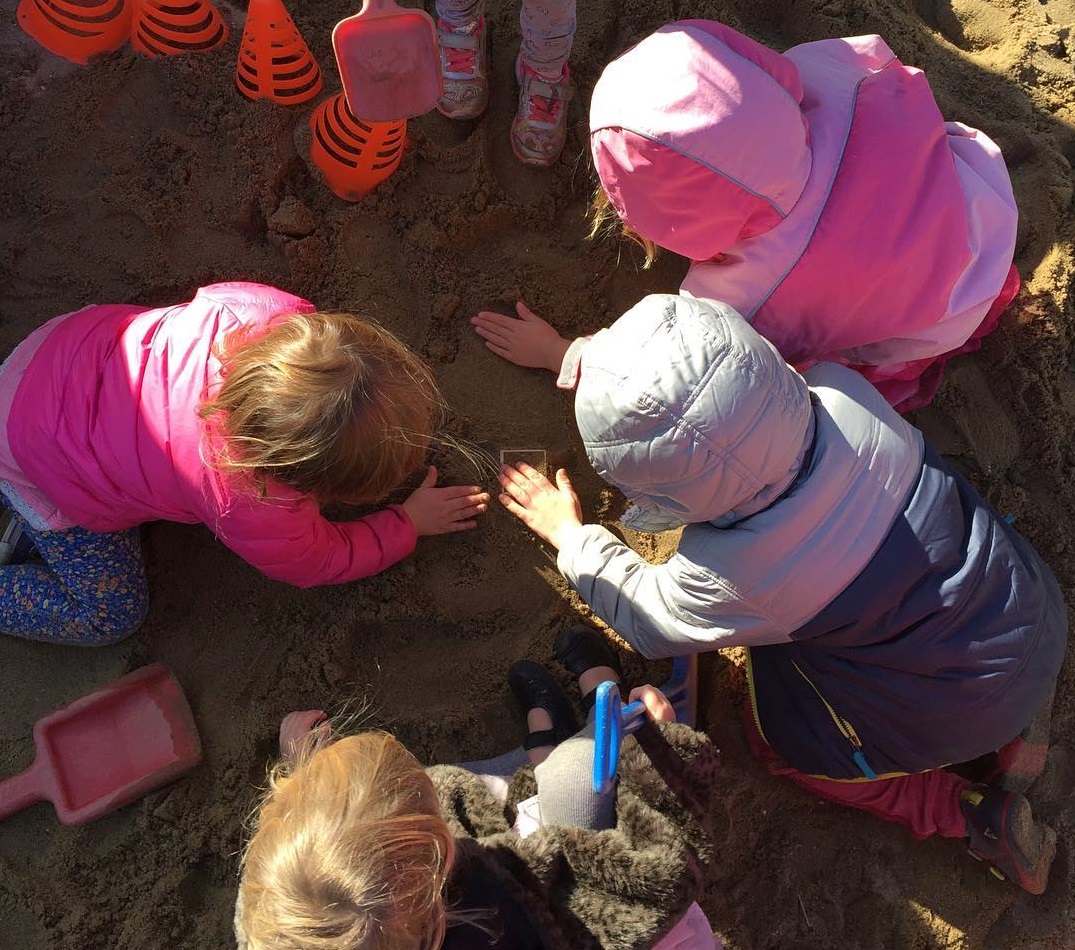Founding the School & Finding a Home
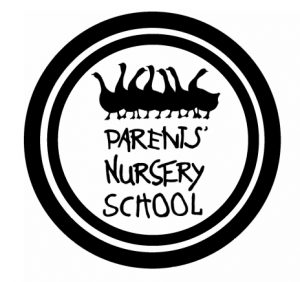
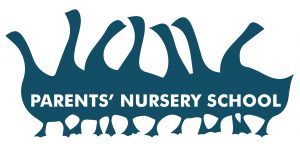
Founded in 1947, Parents’ Nursery School in Cambridge, Massachusetts is one of the oldest cooperative nursery schools in the country. PNS grew out of the Tell Nursery School, a private nursery school in Cambridge. In May 1947, when Mrs. Tell announced her retirement, the current parents chose to buy her equipment and carry on as a cooperative. Twenty-three original founders, all of them Cambridge residents, incorporated PNS as a charitable corporation.
The next year, the school found a new home, at 40A Reservoir Street, where it was located until June of 2012. As the name implies, Reservoir Street was once the location of the city reservoir; the stone retaining wall along the sidewalk in front of the school was a part of the old reservoir wall. At the turn of the century the reservoir was filled in, and a big colonial revival house was built on the site. That house has since been torn down, making way for the three modern houses at the corner of Reservoir Street and Highland Avenue, but the carriage house remained. In 1948, when PNS moved into the ground floor of the carriage house, the property was owned by Frederick and Anne Witherby.
In 1952 the Witherbys sold the property to William and Sarah Hull, who reamained the school’s landlords for the next 60 years. The Hulls’ commitment to PNS was a part of their life-long dedication to education. At a parents meeting in 1959, Bill Hull gave a talk on his current research at new techniques in teaching mathematics at Shady Hill School. He brought along samples of the Cuisiniere rods, to give the parents a chance to try them out for themselves.
The combination of the rambling, informal architecture of the shingled carriage house with its big stable doors, the size and privacy of the yard, and the mysterious wooded lot in front of the school — one of the last unbuilt lots in Cambridge — provided an unforgettable part-of the PNS experience for more than 50 years. Former director Beth Grunko called the outdoor space “one of the great gifts of the school.” It gave generations of PNS students the chance to run freely, to test their nerve on the space trolley; to transform the sandy area into a landscape of mountains, lakes, and rivers; to watch the garden grow; to discover bugs and worms and butterflies.
A New Chapter & A New Home
The passing of Sarah and Bill Hull meant that Parents’ Nursery School would have to find a new home. The task was monumental as it seemed nearly impossible to re-create or replace the unique property that was home to PNS for so long. However, in 2009, a group of dedicated parents started the Fund for the Future Campaign to raise the money necessary to identify and build a new school. Keeping in mind one of the core values of the school – children spending time in the natural world – the staff, parents and alumni families committed themselves to identifying a property that would allow the children unlimited access to the outdoors. Not an easy thing to find in the middle of a large metropolitan area. But the hard work and dedication paid off. $175,000 was raised and parents pitched in to lend their architectural, design, finance, fundraising and project management expertise to create a new school. The new building at 117 Cushing Street in Cambridge maintains the intimate nature of PNS’ former home, has the ‘big door’ that was so integral to the PNS experience on Reservoir Street, and is a living symbol of the cooperative spirit.
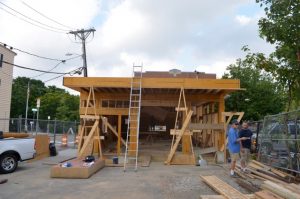
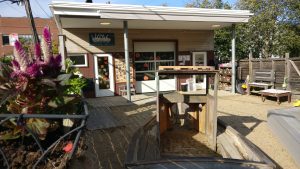
The Evolving Character of a Parent Cooperative
PNS has been a parent cooperative from the start, but the character and structure of the school has evolved throughout its history. Initially, only the management of the school was cooperative. Each group of parents made the policy decisions, including setting the budget, admitting new students, and hiring new teachers. On a day-to-day basis, however the classrooms were run by two full-time teachers, each assisted by student teachers from Wheelock, Goddard, and other local colleges. (The space was subdivided into two distinct areas, one for three year olds and the other for four year olds, each with its own teacher and a student.) parents were welcome to visit the school at any time. But “mother help” (as it was called then) was only meant to supplement the regular teachers on a temporary or emergency basis.
Mothers would take occasional turns in the classroom when the student teachers were absent during examination periods or vacations, or when a teacher was sick. In 1959, encouraged by Barbara Patterson, the director at that time, PNS adopted the system of parent helping that it still uses today. Two mothers would assist the three teachers on a daily basis. At the time, the change was seen primarily as a benefit to parents. According to the 1959 policy statement, “It is possible to understand one’s own child better, both for his uniqueness and his qualities as a child of three or four, if one is familiar with other children of the same age.” But parent helping, as all PNS families know, has turned out to be equally valuable for children. Parent helping allows children to know and become comfortable with the parents of their friends and peers in a very special way. The strong and long-lasting friendships that develop among PNS children and among their parents have a great deal to do with the day-to-day interactions that take place through parent helping.
The PNS Kids Cookbook
The most dramatic event in PNS history, the publication of the PNS cookbook, Kids Are Natural Cooks, by Houghton Mifflin in 1972, grew out of the school’s child-centered philosophy of education. Cooking is a natural activity for children to get involved in and excited about, since it combines interesting physical activities with good things to smell and taste. Liz Uraneck, the director between 1965 and 1970, had encouraged children to participate in cooking projects, from making edible play-dough to creating the Thanksgiving Feast that is still a high point of the annual calendar.
A group of parents, led by Roz Ault, decided to collect the recipes that the school had developed into a cookbook. The cookbook started as a spiral-bound publication, put together by the parents and sold in local stores. One parent remembers how she once made a series of phone calls to the Harvard Coop, each time with a fake accent, asking if the store carried the cookbook. Then she called the Coop on behalf of PNS, and successfully placed an order.
Once it was picked up by Houghton Mifflin, the cookbook won a wide audience. There was a receptive audience both for the natural style of cooking and the relaxed attitude toward education that the book communicated. The New York Times and The Washington Post both ran articles on the cookbook; a group of children from the school appeared on a local television show. For several years the royalties from the cookbook gave a significant financial boost to the school, subsidizing a sliding, pay-what-you-can-afford scale of tuitions.
